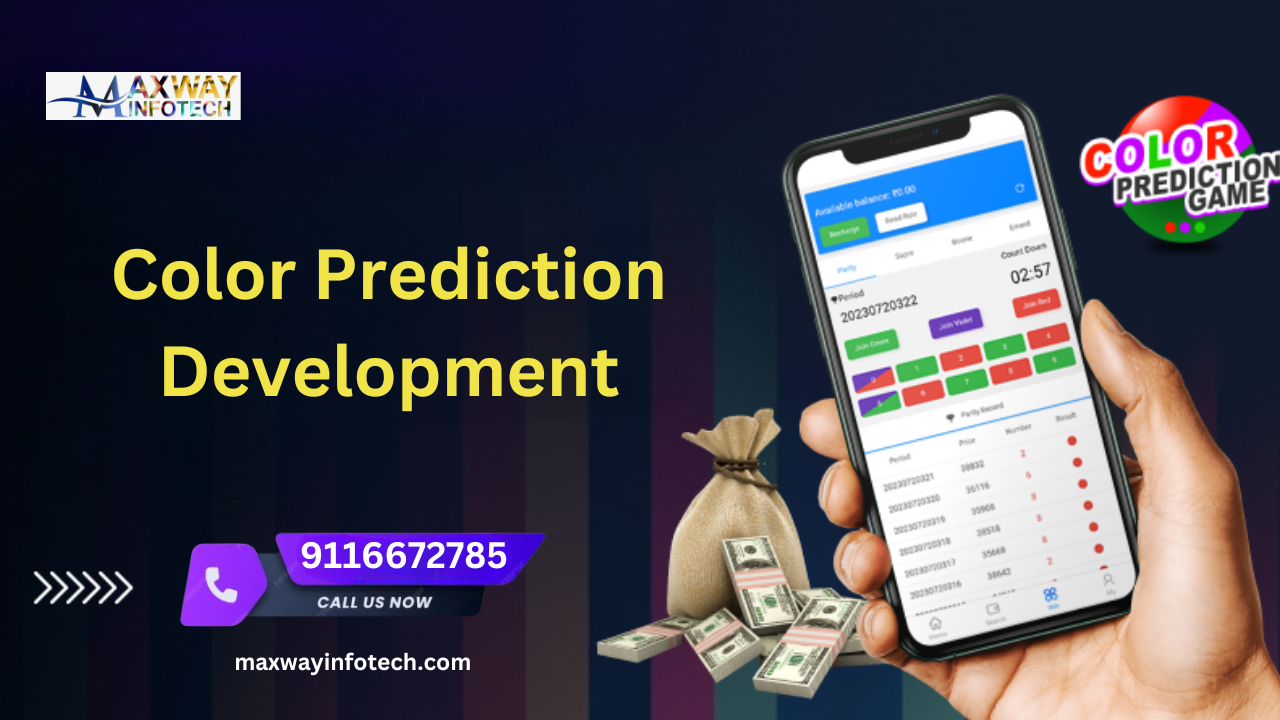Color Prediction Development

In today’s blog post, we’ll delve into the fascinating world of colour prediction development. From the science behind it to the implications for various industries, we’ll explore how this technology has evolved over the years and its potential for the future. So, let’s dive in and discover the captivating realm of colour prediction!
The Science Behind Colour Prediction
Understanding Colorimetry
Colorimetry is the scientific discipline studies how we perceive and measure color. It involves examining the physical properties of light, such as its intensity and wavelength, and how these factors affect our visual perception. By understanding the principles of colorimetry, researchers have been able to develop algorithms and models that accurately predict how humans perceive different colors.
Machine Learning and Data Analysis
Machine learning plays a vital role in colour prediction development. By leveraging large datasets of color information and training algorithms using techniques like deep learning, researchers have been able to teach computers to predict how colors will appear under different conditions. This process involves analyzing various factors, such as lighting conditions, materials, and human preferences, to create accurate predictions.
Applications of Colour Prediction
Design and Fashion Industries
Colour prediction has revolutionized the design and fashion industries. Designers can now accurately visualize and predict how different colors will look in their products without the need for physical prototypes. This technology enables them to explore endless possibilities and make informed decisions about the color schemes of their designs. Additionally, colour prediction algorithms have been incorporated into virtual styling tools, allowing users to experiment with different colors and patterns effortlessly.
Printing and Manufacturing
In the printing and manufacturing sectors, colour prediction has become an invaluable tool. By simulating the appearance of colors on different materials and surfaces, manufacturers can reduce waste and improve efficiency. They can also ensure consistency in color reproduction, even across different production runs. With this technology, companies can eliminate the need for time-consuming and costly trial-and-error processes, ultimately saving both time and resources.
Health and Safety
Colour prediction has found applications in the field of health and safety. For example, in the pharmaceutical industry, precise color prediction allows manufacturers to accurately determine the shelf life of medications based on color changes. This helps ensure the potency and efficacy of drugs. In addition, colour prediction technology is also used in food safety to detect spoilage and ensure the quality of perishable goods.
The Future of Colour Prediction
With technology continuously advancing, the future of colour prediction holds immense potential. Here are a few exciting developments to look forward to:
Personalized Colour Experiences
Imagine a world where our devices and surroundings adapt to our preferences in real-time. With advancements in colour prediction, we can expect personalized colour experiences. From smart homes that adjust lighting based on our mood to augmented reality applications that enhance our visual perception, the possibilities are limitless. Colour prediction will make it possible to create tailored experiences that cater to individual preferences.
Sustainable Design
As sustainability becomes increasingly important, colour prediction development can contribute to creating environmentally friendly designs. By accurately predicting how colors will look on sustainable materials, designers can make eco-conscious choices without sacrificing aesthetics. Manufacturers can also use colour prediction to optimize the use of dyes and reduce waste, leading to a greener and more sustainable future.
Enhanced Accessibility
Colour prediction technology has the potential to greatly enhance accessibility for individuals with visual impairments. By accurately predicting and representing colors, this technology can provide a richer understanding of the visual world for those with color blindness or other visual challenges. It can enable them to make informed choices in various aspects of life, from fashion to interior design.
Conclusion
Colour prediction development has come a long way, revolutionizing countless industries and offering exciting possibilities for the future. From design and fashion to health and safety, the applications of this technology are vast and diverse. As we look ahead, the future holds even more promise with personalized colour experiences, sustainable design, and enhanced accessibility on the horizon. So, embrace the captivating realm of colour prediction and get ready for a technicolor future!

